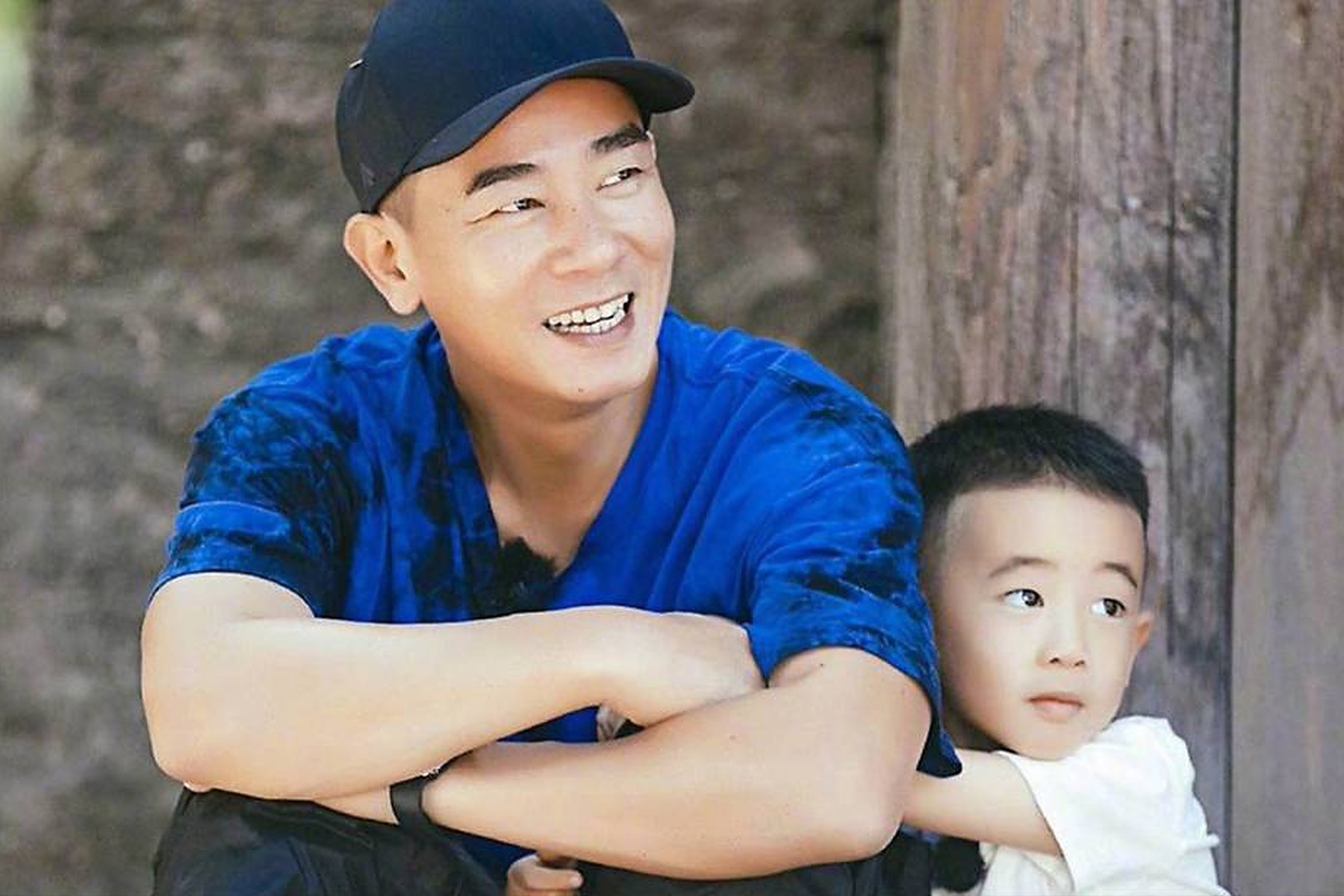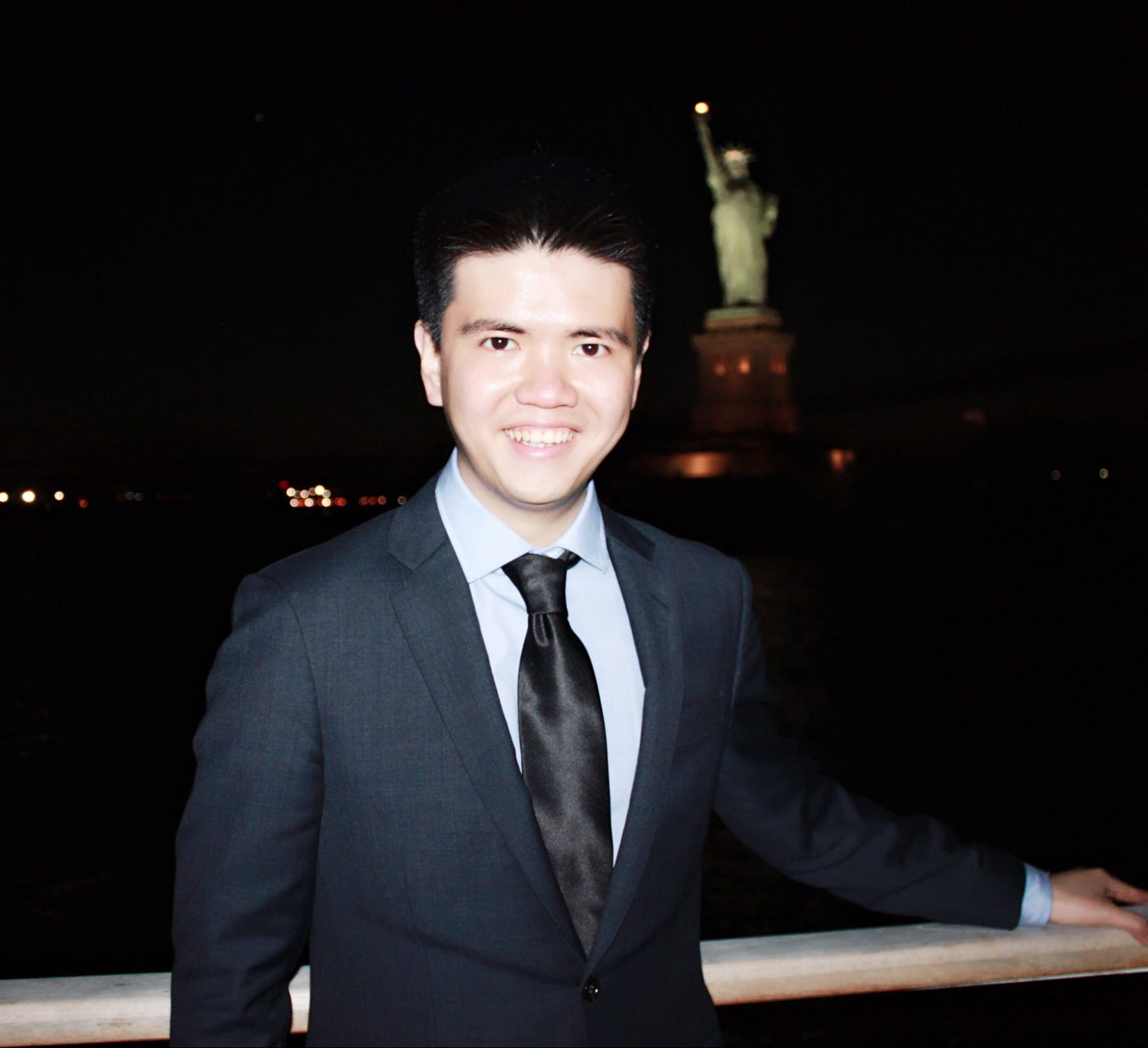TV reality shows feed the curiosity of their audiences by showing them the normally hidden sides of their favorite celebrities and by amplifying aspects that the audience can relate to. The Chinese TV reality show “Where Are We Going, Dad?,” which debuted in 2013 and quickly became one of the most popular TV programs in China, does just that by swiftly securing the devotion of its audience, and it has subsequently aired six consecutive seasons.
Each season of “Where Are We Going, Dad?” displays the interactions between five pairs of celebrity fathers and their sons while they take on tasks assigned to them by the directing team. The tasks can range from scavenger hunts to games like “switch your father,” in which a father takes care of someone else’s child for a while.
“Where Are We Going, Dad?” gives the audience room to breathe in their busy lives by immersing them in the innocent charm of the children and their somehow “purposeless” interactions with the outside world. It also reflects the norms of East Asian culture: the social expectations imposed on men and the supreme value of family.
Toxic Masculinity and Crying
The gendered division of labor is clear in a typical East Asian family. A man is the cornerstone that supports a family’s economic stability and sustainability, while a woman is the man’s ancillary and takes on the internal household labor. To achieve social status and maximize the material gains in a resource-scarce world, the man has been programmed to be “tough” and relatively more “coldblooded.” Becoming emotional and crying are never viewed as positive traits that a man should have in East Asian culture because of their supposedly defined social role.
Such a norm is especially pronounced in “Where Are We Going, Dad?” In one of the episodes in Season 6, a dad disciplines his crying son, who was reluctant to follow the orders of his classmates and teacher, by cold-heartedly emphasizing that his son is a boy and is supposed to be brave. The father’s explicit concerns betray the deeply rooted social expectations for men in East Asia. He continues to say that his son is supposed to become a strong man in the future.
In another scene, a male child is taught to be “outgoing” and not be “shy” in public. Shyness seems to be an undesirable trait, especially in men, because it contradicts prevalent social norms.
“Where Are We Going, Dad?” exposes these norms, which makes the show so popular; it allows the audience to reexamine their own assumptions about the role of men in East Asian culture. When the child’s mom is absent, how would the father interact with his kid? How would the pair communicate with each other, especially when they are the only two people in a room?
It sometimes feels strange to watch these “experiments,” which often show an inexperienced paternal caretaker looking after his child. It reflects the absence of a father from his child’s life, which is a byproduct of the cultural conventions that define the gendered division of labor in East Asian families.
Though mothers are traditionally recognized as the primary caretakers, this standard does not mean that children don’t need attention from their dad. In a scene where a child is neglected by his father while other children are warmly embraced in their fathers’ arms, it is not hard for the audience to feel the anxiety, insecurity and boiling need displayed on this child’s face.
Similarly, in another scene, a father states that he only spends a few days with his child in a year, which is likely far from a sufficient amount of time spent with one’s child. Incidents like these encourage East Asian families watching “Where Are We Going, Dad?” to reconsider the importance of a father’s role in nourishing the growth of a child and its implication on his or her future development.
Filial Piety Is the Ultimate Virtue
Filial piety is another critical aspect of family values in East Asia and, in my opinion, a cultural construct reinforced by the traditionally defined family structure and labor division. In “Where Are We Going, Dad?,” children are encouraged, both explicitly and implicitly, to show respect to their parents. For example, when a teacher asks their students what “filial piety” means, the teacher reinforces its utmost importance by answering that “filial piety” means to treat parents with wholehearted devotion.
The students are also reminded that they should both realize the diligent commitment and solid love and care that they receive from their parents, as well as do their best to reciprocate said affections in the future.
Though it is an entertainment program, “Where Are We Going, Dad?” motivates viewers to discern and reflect on some of the critical values that have sustained the cohesiveness and development of East Asian societies — and how the traditional role of a man in a family can be adjusted to adapt to today’s constantly changing world.

















